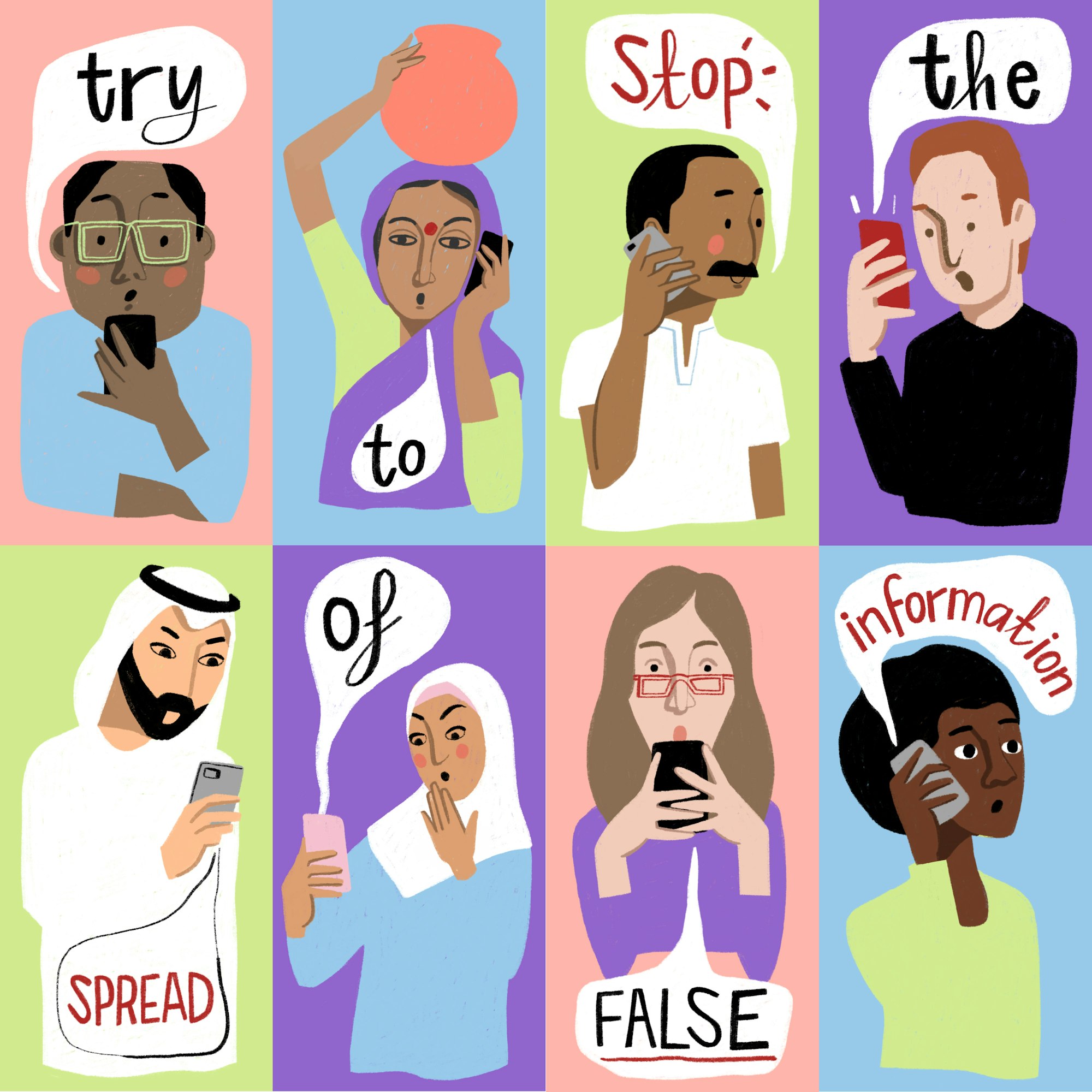BBC refers to the advocation of particular political causes as one of the main sources of fake news. These are circulated by those with scant regard for the truth and who foster those extreme political causes or monetise its online traffic.

We are all aware of the plethora of fake news and spam in critical crises like natural disasters and elections. For instance, during the Chennai floods of 2k16, rumours were afloat about the escape of crocodiles. This happens primarily for two reasons. News publishers no longer control the distribution of news which reaches users by obscure algorithms. Secondly, newcomers such as BuzzFeed, Vox etc have taken over the long-term position occupied by traditional news publishers. Also, social media companies like Google, Facebook etc have acquired a lot of power in controlling who posts what and the corresponding monetisation. BBC refers to the advocation of particular political causes as one of the main sources of fake news. These are circulated by those with scant regard for the truth and who foster those extreme political causes or monetise its online traffic. Media Vibes SNC is a Belgium company which owns more than 180 URLs (such as 24aktuelles.com or react365.com), devoted to creating and spreading fake news. Some websites use URLs very similar to those of well-known, reputed news stations such as ABC. For example, abcnews.go.com provides authentic news but forged URLs like abcnews. com.co. supply fake news content.“Obama Signs Executive Order Banning The Pledge Of Allegiance In Schools Nationwide” is one such example. IIT Kharagpur has developed a solution to use artificial intelligence to collect data from social media platforms such as Whatsapp, Twitter, and Facebook, otherwise difficult to access manually. It also provides a check for the authenticity of posts and forwards it to relief organisations helping in the rescue of victims.
IIT KGP: Vanguard against fake news
Prof. Saptarshi Ghosh of the Department of Computer Science and Engineering at IIT Kharagpur heads a team that has developed algorithms to identify fake news using machine learning. IIT Kharagpur and the Centre for Urban Science and Engineering at IIT Bombay have approached the Department of Science and Technology with a research project proposal for the same. IIT Kharagpur, along with its collaborators at Qatar Computing Research Institute (QCRI), has submitted a proposal to Microsoft Research India as well. Ghosh says that if the proposal gets accepted, IIT Kharagpur shall collaborate with Microsoft Research and QCRI to create systems for post-disaster relief operations.

Origins
IIT Kharagpur piloted on WhatsApp and Twitter in 2015 during the earthquake in Nepal and in 2016 during the Chennai floods. Funds were received from IIT Kharagpur’s Institute Scheme for Innovative Research and Development grant, Microsoft Research India and ITRA, Media Labs Asia and Department of Electronics and Information Technology.
It is helpful, let the numbers talk! The solution is 90% efficient in differentiating fake news from real news. A computer code reads English and Hindi tweets about a disaster such as the condition of earthquake victims and transfers the information to nearby relief operators. The solution also compiles information helpful for aiding victims. An unfortunate 98% of tweets are sympathy posts or expressions of pity, not useful in contributing to saving victims. Only 2% of tweets are relevant as they provide actionable information such as what resources are required, where to obtain them from and updates regarding trapped people. This information is identified, collected and summarised through live updates. It helps people efficiently coordinate relief operations from the control room itself.
The Tech behind: NLP and Network Information
Detection algorithms are divided based on content, distribution of content and hybridity. Three features in the text corpus considered are: linguistic style used to express rumours, characteristics of people involved in propagating information, and network propagation dynamics. In a network, rumours acquire more credibility as more and more neighbours acquire them. After some time, a threshold is crossed and the rumour is believed to be true.
Facebook and Fake News: Is FB the Generator or the Eradicator
Facebook faced excessive criticism in 2016, owing to the US presidential election. The Pope Francis reported endorsement of Donald Trump was one of the pieces of fake news circulated during the time by a website run by a Romanian youngster. Facebook is using a double hybrid model of human classification and machine learning. Human classification identifies the purpose of the post to conclude if it was spamming or cheating the feed. Machine learning is executed on these classified posts.
The steps include: 1) Pages that have been posting fake news have been studied by Facebook’s experts.
2) Categorise pages to identify spamming such as asking for likes, shares etc.
3) Posts from these pages are fed into a trained model for checking the authenticity.
4) A possibly authentic post will make the model take into consideration your relationship with the source that shared it. Facebook changed the sharing option, allowing only public posts to be shared. Facebook uses the ‘social graph’ to obtain intelligence about the dispersal of fake news.
But the amount of power that rests in facebook’s hands today to influence the nature of the entire world does cast a shady cover on the entire Fake News scenario.
The Next Stage at KGP:
Prof. Ghosh says that the solution not only detects fake news but also uses machine learning algorithms to alert users at the time of a disaster. His team works on developing artificial intelligence methods to extract specific types of critical information. Next in line is a web-based system to aid postdisaster relief operations. The system will utilise the algorithms developed by the team and perform tasks. So a relief worker can be updated via smartphone about trapped people and be sent to their rescue. Prof. Ghosh has stated that his team wishes to focus on emergencies in urban areas such as the recent floods in Chennai and Mumbai. IIT Kharagpur’s solution identifies fake news by analysing and mapping data ensured by the regional authorities. This helps to identify unauthorised handles spreading rumours. The battle against fake news is interspersed with some more battles, such as the battle for the most used AI framework, the company with the best data etc. All in all, a lot is being done towards eradicating the menace of fake news and we can hope to see a more authentic future in the realm of social media.



